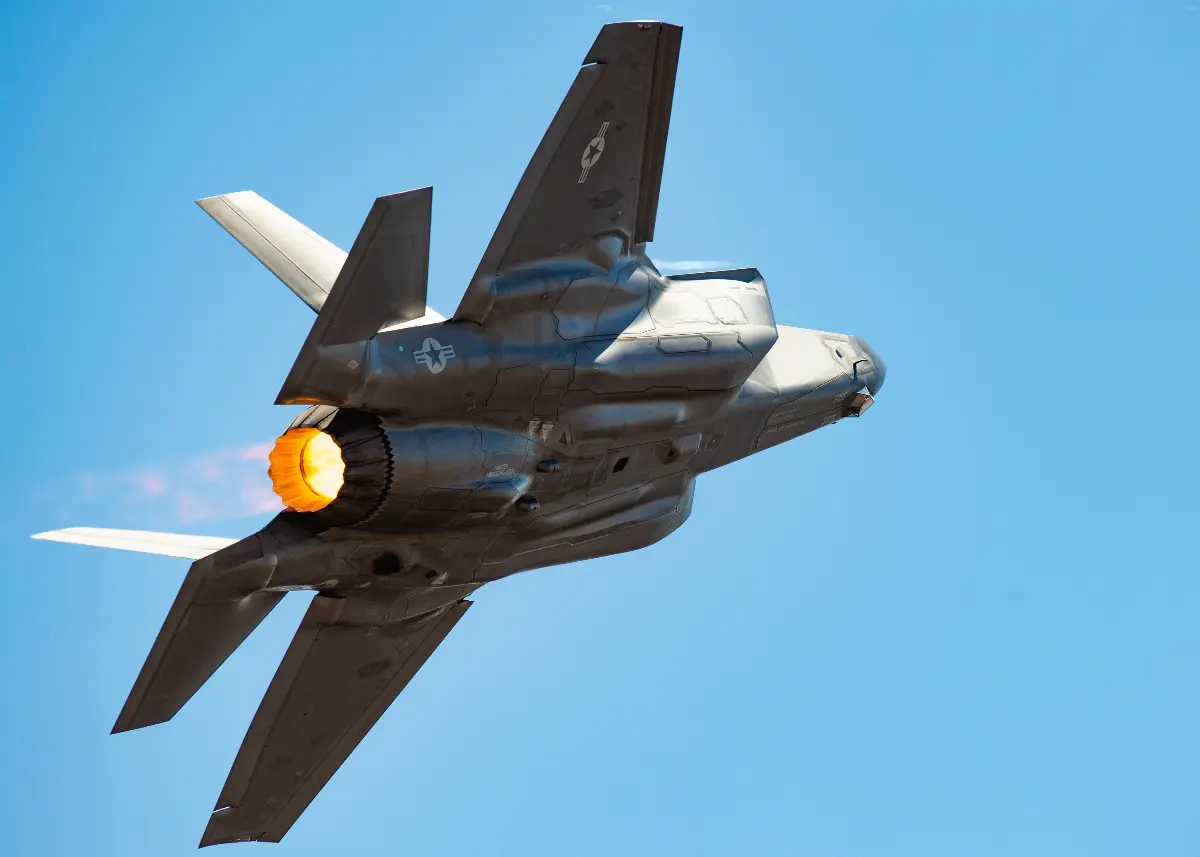
Do you want to access to this and other private contents?
Log in if you are a subscriber or click here to request service
US armament manufacturers hit by inflation
Price increases of up to 7.5 percent on estimates of 2.2 percent make deals difficult

Rising labor costs and fuel expenditures are having a major economic impact on the US arms industry. Many companies, as well as large Groups, are struggling to sign new contracts with the US Department of Defense. It's all because of the rising cost of weapons and military systems that must balance the Pentagon's budget with market values.It is enough to look at the situation of Lockheed Martin, which...
Gic - 1242279
AVIONEWS - World Aeronautical Press Agency
AVIONEWS - World Aeronautical Press Agency